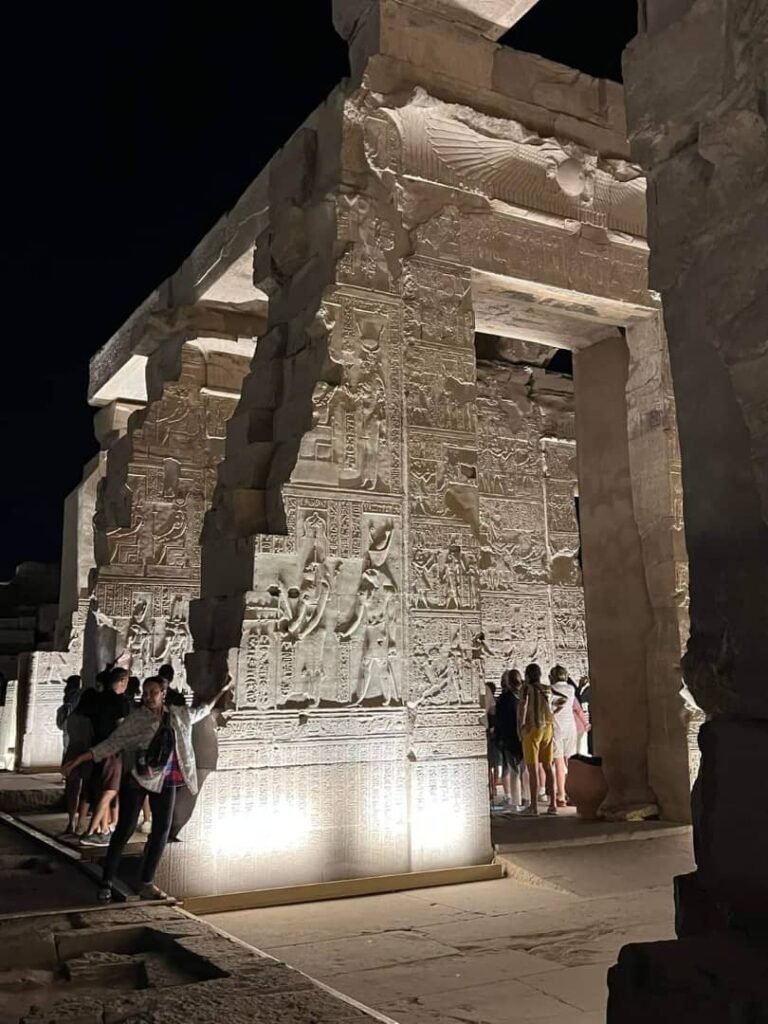
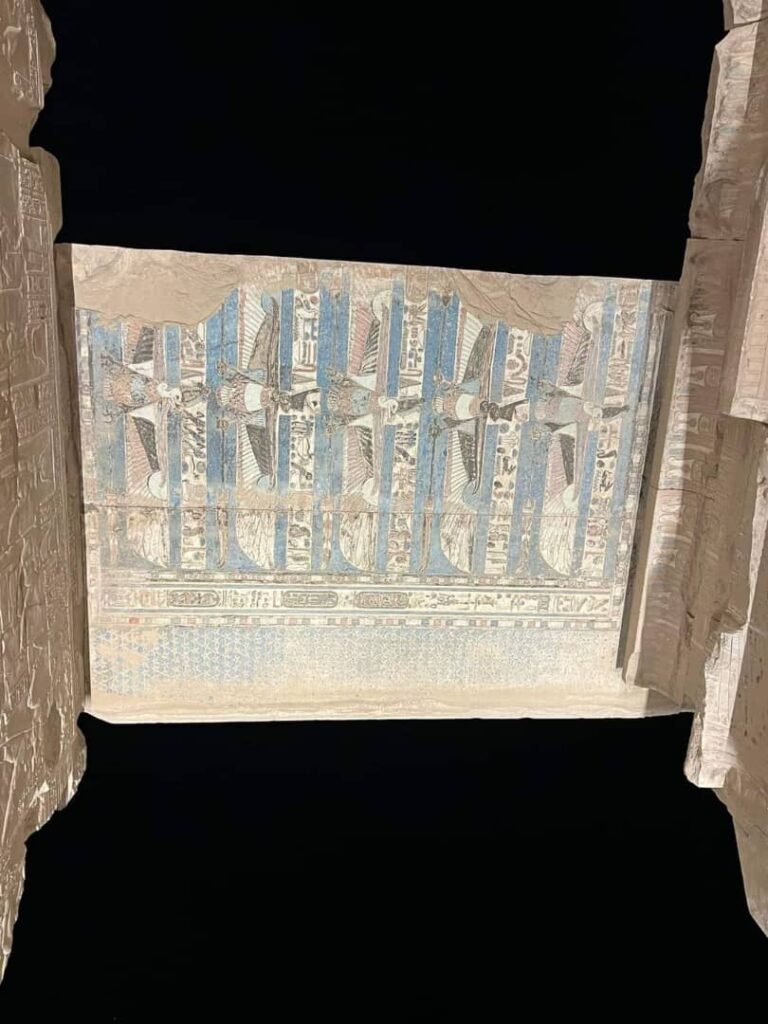
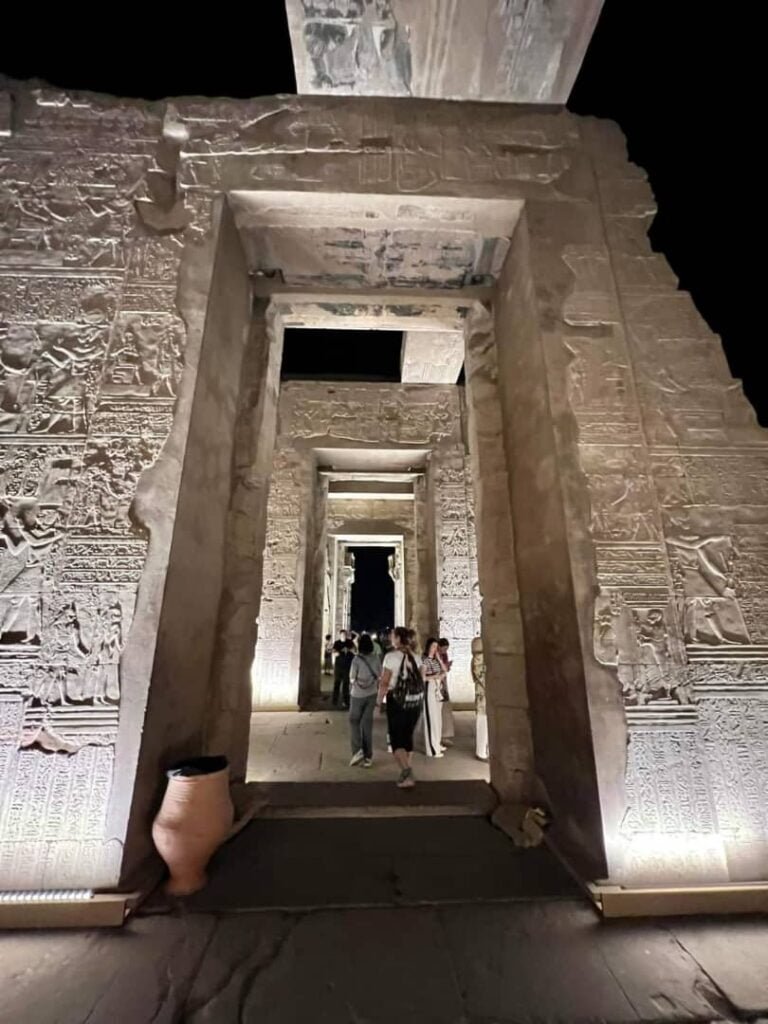
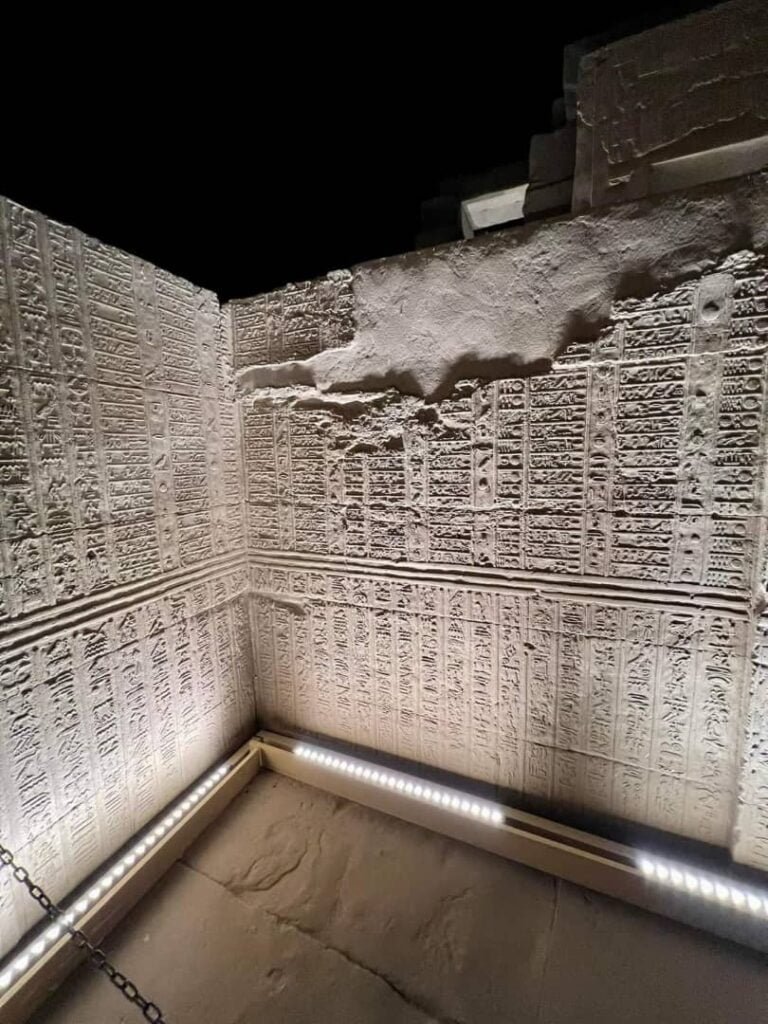
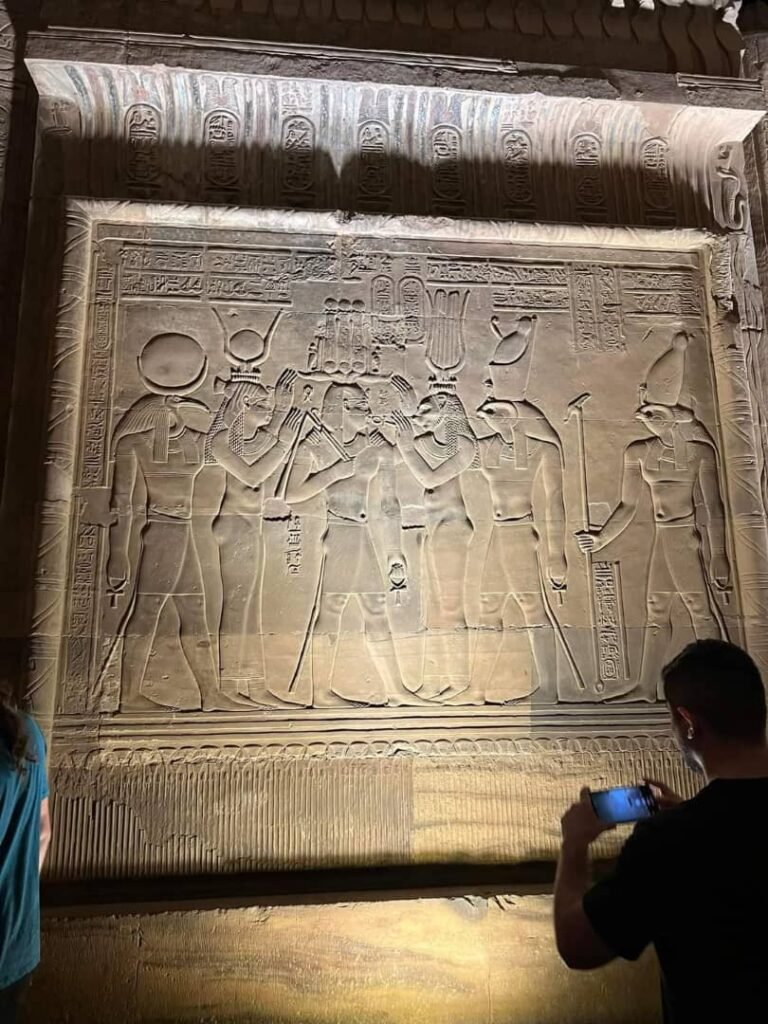
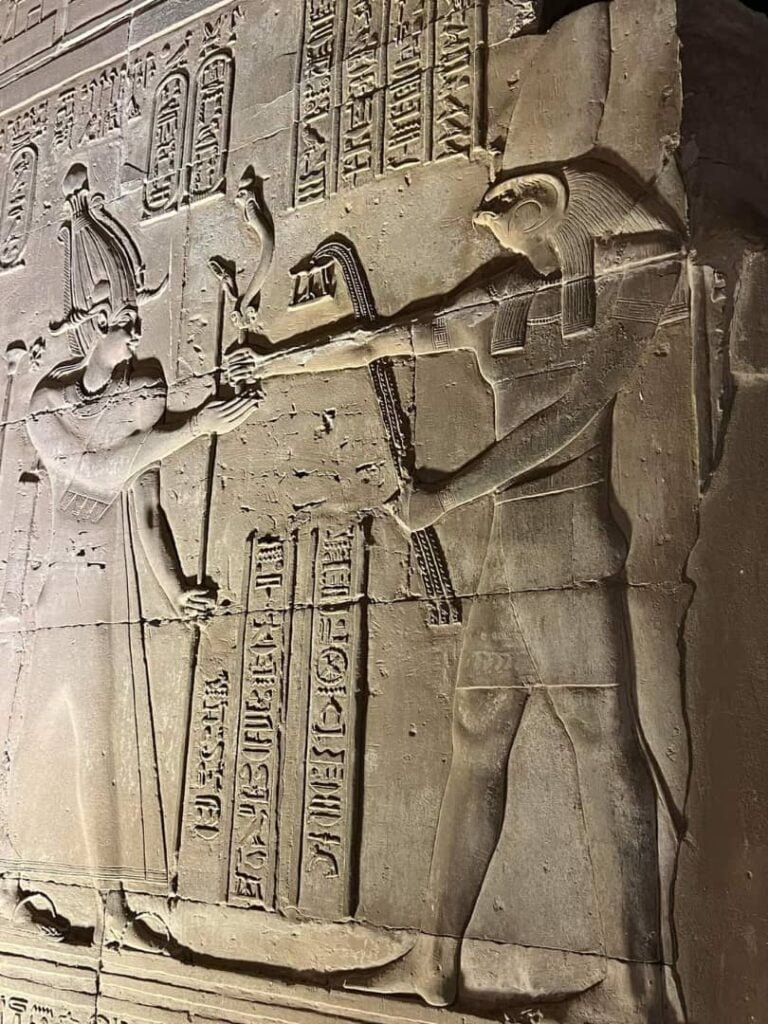
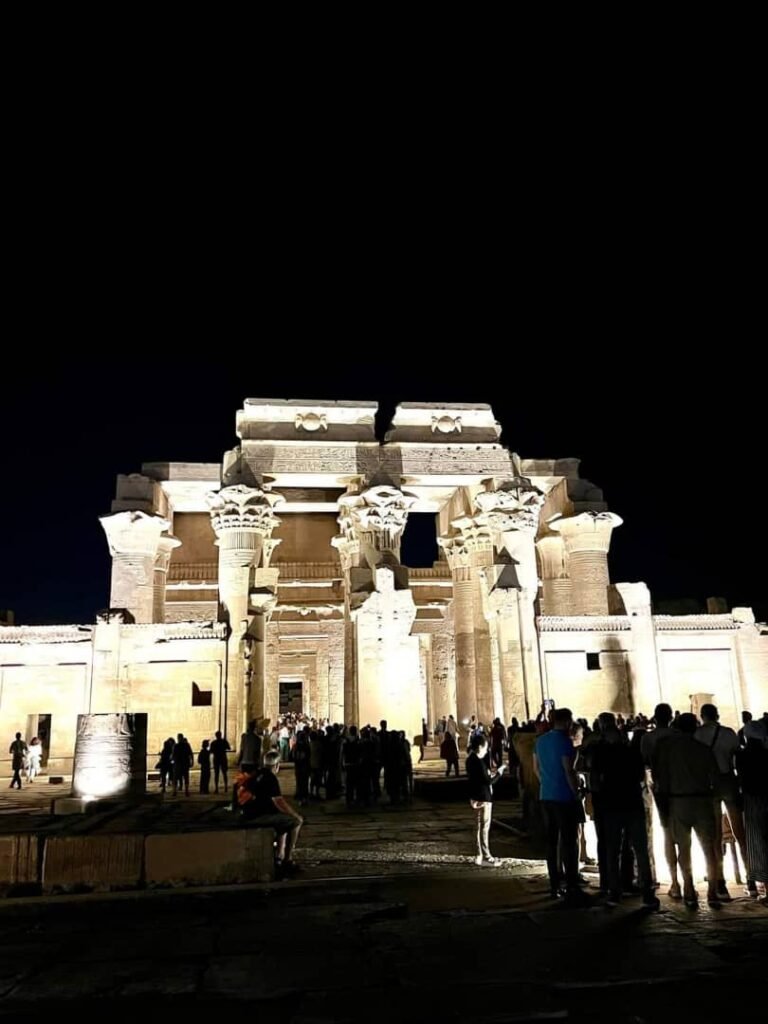
Temple of Ok Kom Morocco
The Temple of Ok Kom Morocco is a remarkable archaeological site located in the Sahara desert of Morocco. It is a testament to the rich history and culture of the ancient civilizations that once flourished in the region. The temple is dedicated to the worship of the goddess Ok Kom, who was revered by the local Berber people for her power and wisdom.
History
The Temple of Ok Kom Morocco was built during the 1st century AD, during the reign of the Roman Empire. The temple was constructed using sandstone and limestone, and it features intricate carvings and inscriptions that provide valuable insight into the beliefs and practices of the ancient Berbers. The temple was used for religious and ceremonial purposes, and it was an important center of worship for the local community.
Architecture
The Temple of Ok Kom Morocco is a small but impressive structure, measuring approximately 15 meters (49 feet) in length and 10 meters (33 feet) in width. The temple is surrounded by a high wall, which encloses a courtyard and a series of chambers and corridors. The main chamber is the largest and most impressive, with a high ceiling and intricate carvings on the walls and floor. The carvings depict scenes of nature, animals, and mythological creatures, and they provide valuable insight into the beliefs and practices of the ancient Berbers.
The temple also features a series of smaller chambers and corridors, which were likely used for religious and ceremonial purposes. These chambers are adorned with carvings and inscriptions that provide valuable insight into the daily life and beliefs of the ancient Berbers.
Significance
The Temple of Ok Kom Morocco is significant for several reasons. Firstly, it is one of the few surviving examples of Berber architecture from the Roman period, and it provides valuable insight into the culture and beliefs of the ancient Berbers. Secondly, the temple is an important archaeological site, with many valuable artifacts and inscriptions that provide valuable information about the history of the region. Finally, the temple is a testament to the enduring power of human creativity and ingenuity, and it is a reminder of the rich cultural heritage that has been passed down through the generations.


